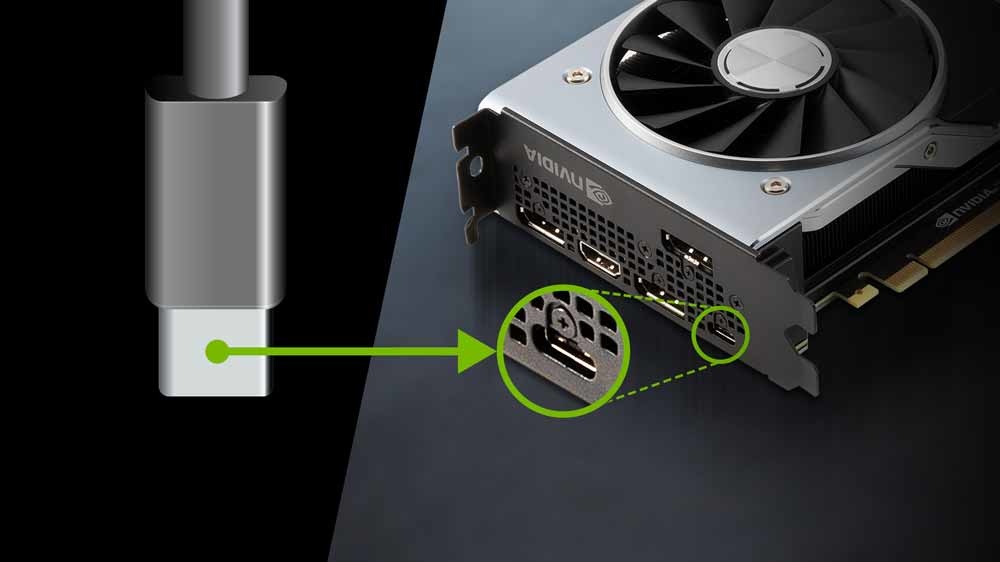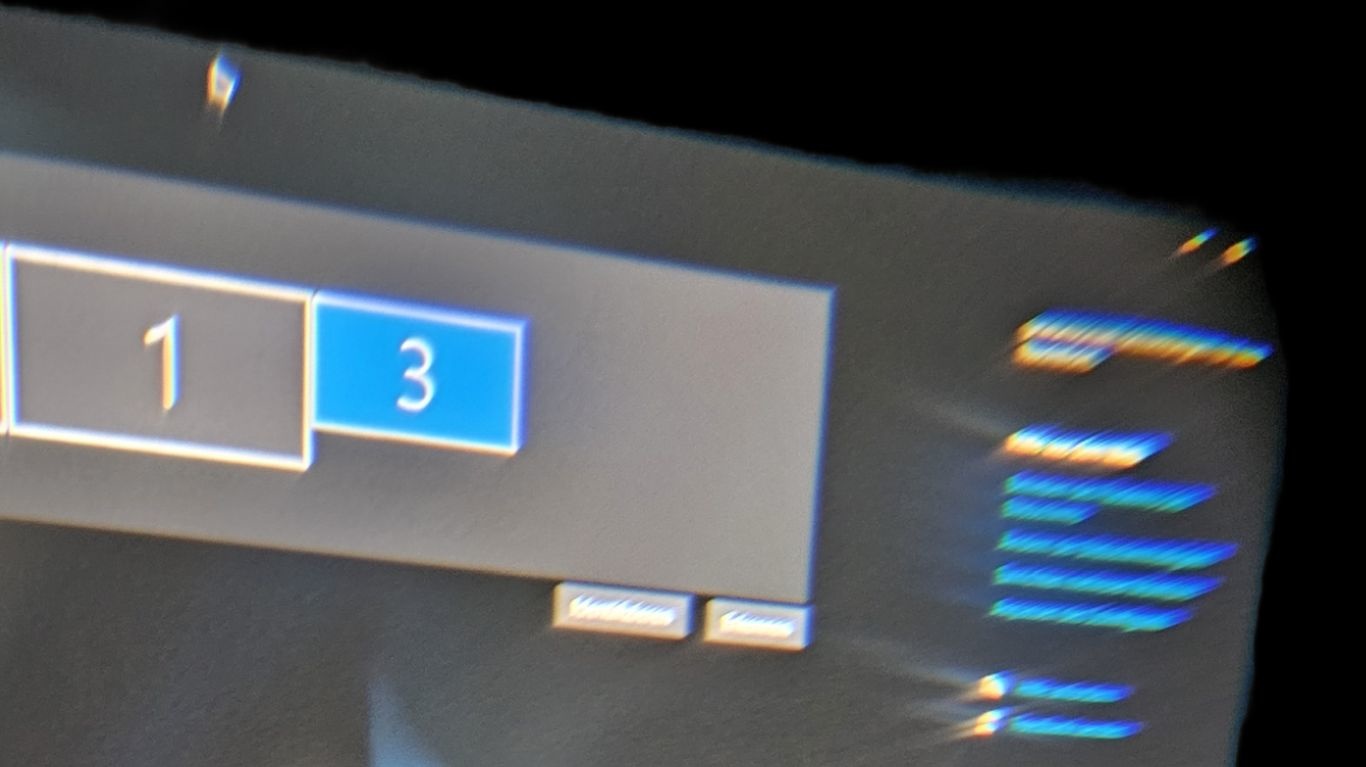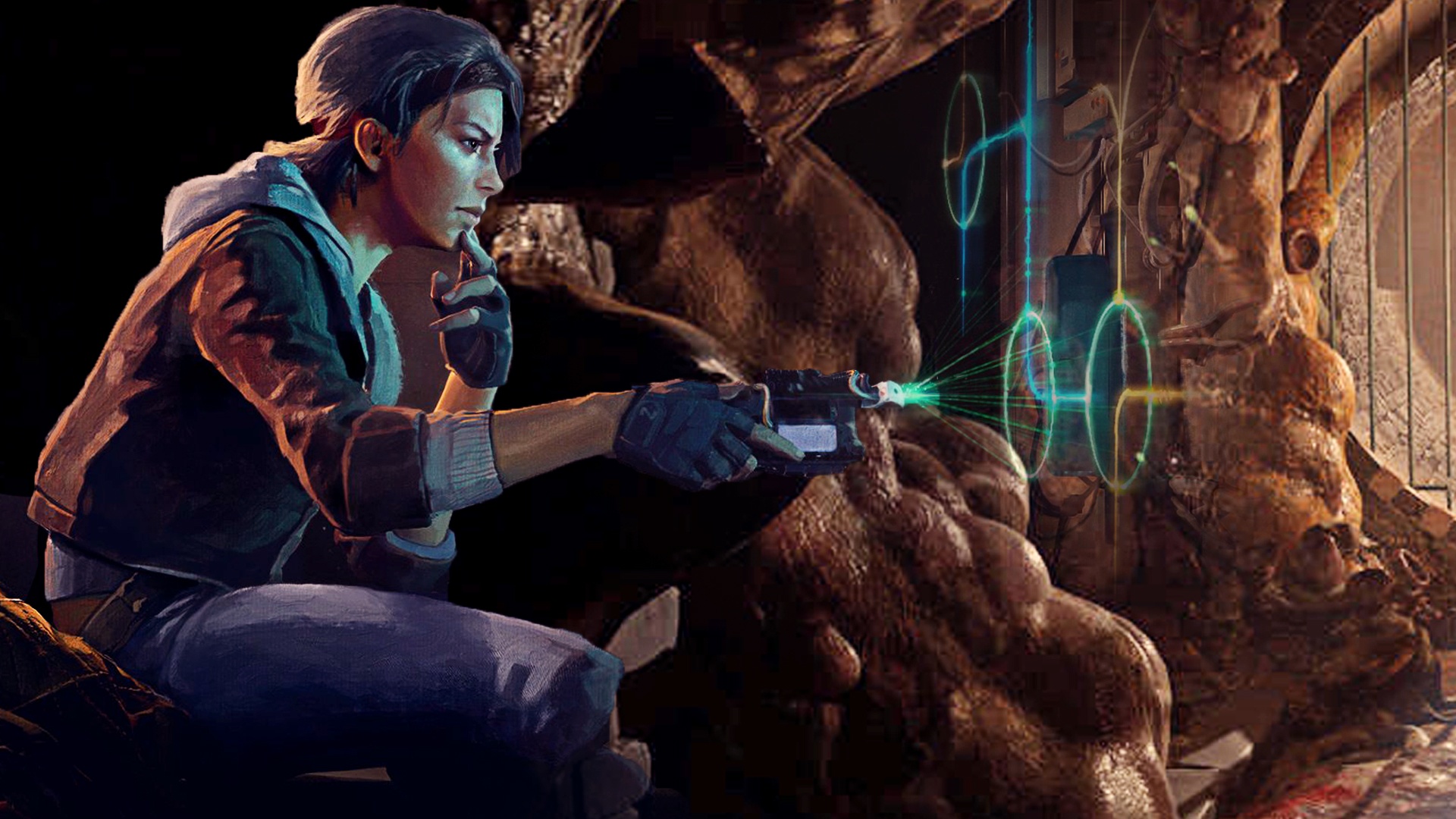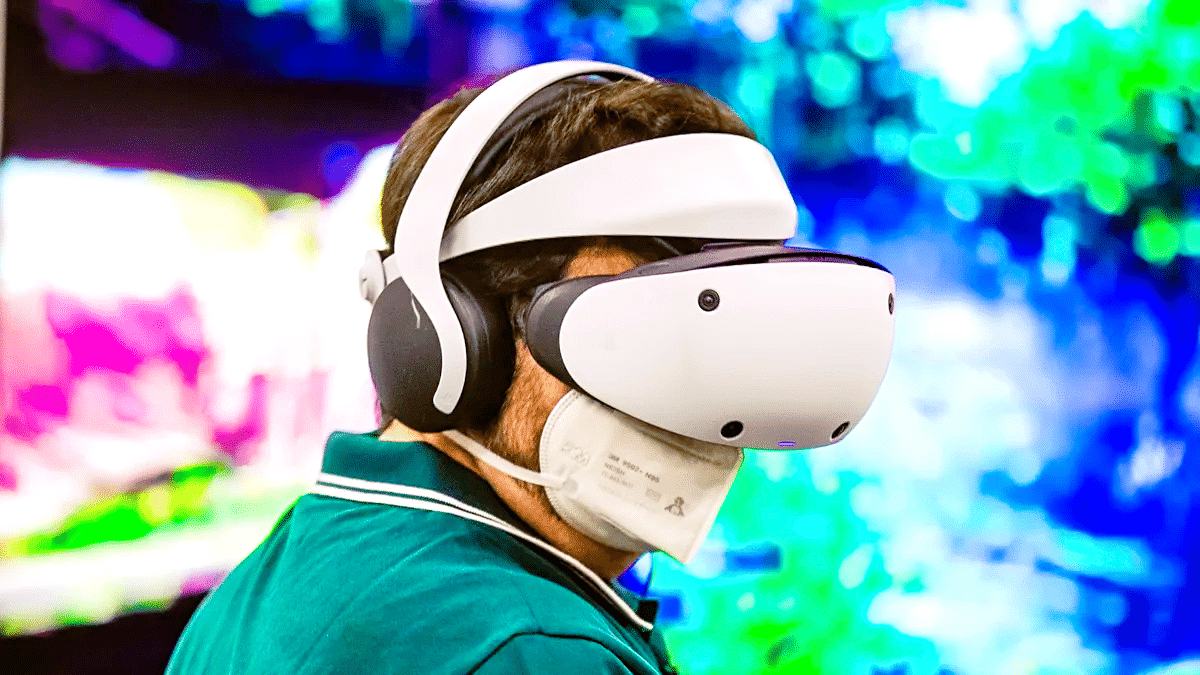Previously, it was said that the Playstation VR2 could not be connected to the PC. That”s not quite true, even if the connection does come with a few hurdles.
It actually seemed to be a foregone conclusion: The Sony Playstation VR2 only works on the Playstation 5 and not with a PC. In fact, simply nothing happens when the VR headset”s USB-C cable is plugged into a corresponding PC counterpart. Not even the familiar Ba-thing that signals the finding of new hardware sounds.
Nevertheless, there is a way to connect the PSVR2 to the PC so that the headset works with the computer. The bad news: this only works if you meet certain hardware requirements. The even worse news: the PSVR2”s range of functions on the PC is (still?) severely limited. So much so that there”s not much left of VR.

Table of Contents
Playstation VR2 on a PC: USB-C is not just USB-C
As the Youtuber Tyriel Wood, who is quite well-known in VR circles, shows in a video, connecting the Sony headset to the PC can be very easy. Not even drivers are needed, everything works plug&play.
At least if you use a graphics card with USB-C like the Nvidia Geforce RTX 2070, 2080 or 2080 Ti. In this generation, Nvidia installed the so-called Virtual Link port, which was actually intended for connecting VR headsets at the time.
But subsequently, not a single manufacturer used Virtual Link for new VR headsets and Nvidia also abandoned the USB port on the graphics card with the RTX-3000 generation. Currently, however, AMD is returning to it: The AMD Radeon RX 7900XT and 7900XTX have a USB-C port again.
We don”t want to hide the fact that there is an adapter that converts from USB-C to USB and Displayport and at the same time provides the rare Virtual Link functionality. However, at over 250 euros, this is unrealistically expensive.
Tyriel Wood”s experience report on connecting the PSVR2 to the PC can be seen here on Youtube:
Successful self-experiment with the PSVR2 on a RTX 2080
During the test of the Playstation VR2, I naturally also tried out myself what happens when the VR glasses are connected to a graphics-capable USB-C. The notebook I used for this purpose is capable of handling the VR glasses. The notebook used for this purpose was of course capable of DP-Alt mode and can transmit video signals to monitors and televisions without any problems. As expected, only the PSVR2 did not move at all.
When brought to the RTX 2080 with its Virtual Link USB-C, a separate test was of course obligatory. And indeed: directly connected to the penultimate generation GPU, Windows (10) recognised the VR glasses as a display, speaker and microphone and the headset announced itself with an approving rumble of the vibration motor.
While the PSVR2”s ready light remained dim on other USB-C ports, it was now lit. A press of the glasses” power button then actually brought them to life: The Windows desktop appears in Cinema mode. Whether this also works with a Radeon RX 7900XT(X) and the USB-C available there again, I could not test due to the lack of a suitable graphics card.
Instead of VR only Cinemamodus with the Playstation VR2
The VR glasses are recognised as another monitor with the identifier SIE VRH and are addressed with 1,920×1,080 pixels and a maximum of 120 Hz. The audio output and the integrated microphone, which can be addressed like any other speakers and microphones, also function without any problems.
However, that”s it for now – due to the lack of further drivers and software, the PSVR2 cannot be used as a VR headset on a PC and the controllers and camera tracking do not work either. So the Sony glasses are not particularly useful on a gamer”s computer at the moment.
The virtual desktop appears as a large display, so the PSVR2 can at least be used as a space-saving and very large monitor (it”s more like the dimensions of a large TV or beamer screen).

With this you can play any PC game without any problems. But only in the usual flatness of the monitor and not in virtual reality. Due to the lack of tracking, the position of the image cannot be changed, so the screen is always stuck in front of your eyes at a perceived distance of about two or three metres.
However, the VR goggles are hardly suitable as a long-term monitor substitute; although the image is larger than on most monitors, the image quality is visibly worse than on a high-resolution classic screen.
Just a matter of time?
Since the PSVR2 can apparently be connected to the PC after all, the question arises as to whether the full range of functions of the VR glasses can possibly also be used on the PC in the future. After all, the PSVR2 offers good technical equipment with high-resolution OLED displays, eye tracking and good wearing comfort. At 599 euros, it is also cheaper than some comparable PC glasses – but if you insist on OLED, it quickly becomes much more expensive.

Despite the successful hands-on on our own PC, we don”t hold out too much hope for this, though. On the one hand, a graphics card with its own USB-C is required, which means that Nvidia only has three already outdated models to choose from – the AMD counterparts with USB-C are from the current generation, but we have not yet been able to gather any experience here, but the two RX newcomers are not yet widespread.
On the other hand, it remains to be feared that Sony will close this option with upcoming firmware updates of the PSVR2. Sony is unlikely to be interested in selling the PSVR2 as a PC headset, as this would result in a lack of revenue from VR games sold.
Would you like to use the PSVR2 on the PC? Do you still have any desire for VR at all? Feel free to write us your opinion in the comments!


